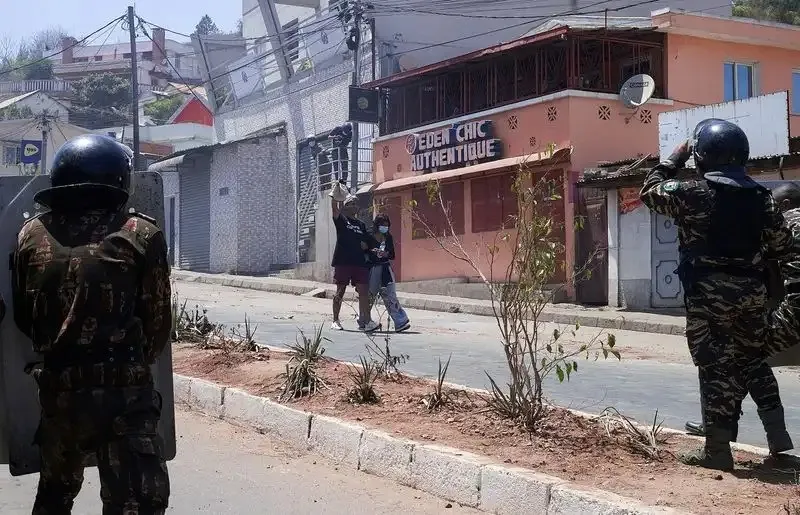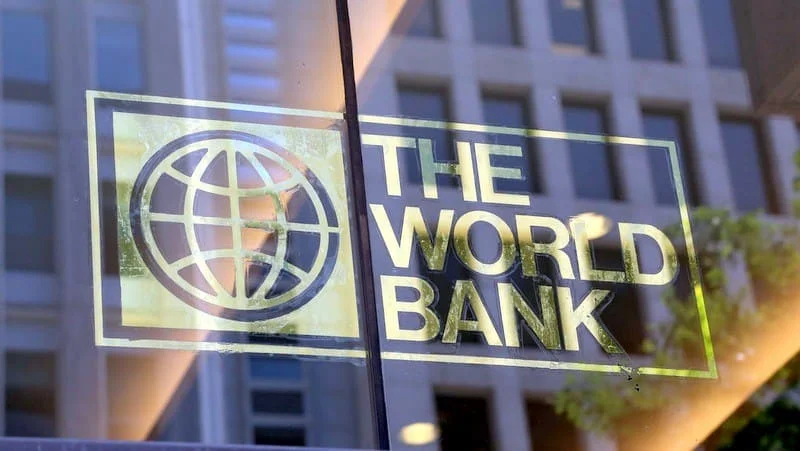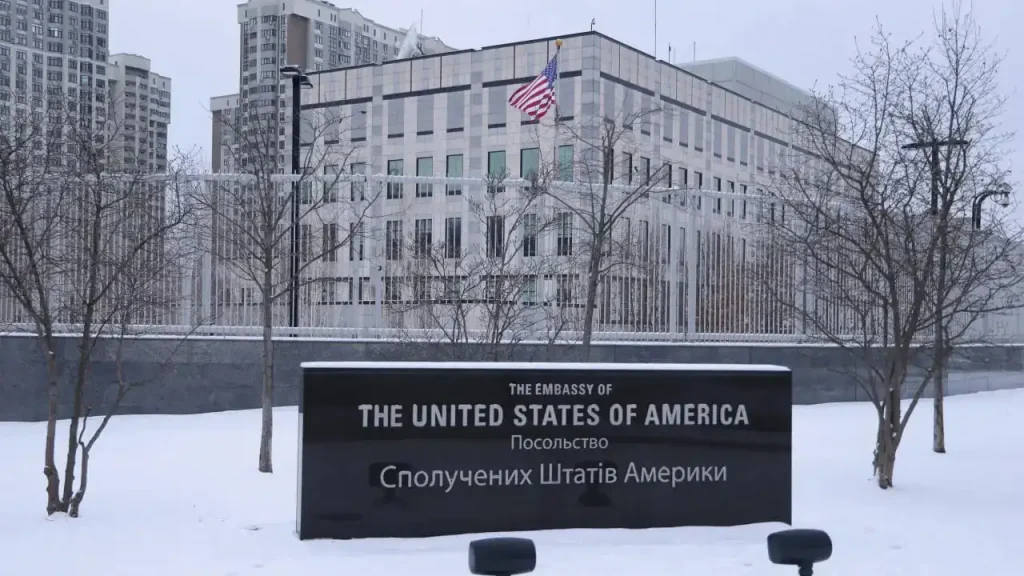Mass demonstrations have swept across Madagascar following the dismissal of Prime Minister Christian Ntsay and his cabinet, escalating public anger at worsening living conditions.
President Andry Rajoelina, who announced the decision on September 29, 2025, has resisted calls to resign despite mounting pressure from the streets.
Growing Unrest Fueled by Basic Service Failures
The protests, which began on September 25, were driven by frustration over:
-
Persistent power outages
-
Severe water shortages
-
Rising poverty across the country
Organizers have leaned on social media to rally support, while demonstrators adopt imagery from international youth protest movements to amplify their cause.
Clashes Leave Dozens Dead
The United Nations human rights office confirmed 22 deaths and more than 100 injuries, blaming the high toll on heavy-handed tactics by security forces.
Government officials in Madagascar dispute these figures but have not offered alternative numbers.
Curfews Clamp Down on Cities
Authorities have imposed nightly curfews in Antananarivo and several other urban centers in an attempt to quell unrest. Despite this, demonstrations continue to disrupt daily life and paralyze essential services.
Economic Strain Behind Public Anger
With nearly 31 million citizens, Madagascar is grappling with deepening urban poverty. Economic hardship has intensified criticism of Rajoelina, who first took office in 2019 and secured a disputed re-election in 2024.
What Comes Next for Madagascar
The protests underline widespread frustration with governance and basic infrastructure failures. Analysts warn that how the government responds in the coming weeks will determine not only Rajoelina’s political future but also the stability of Madagascar itself.
_______________________________________________






